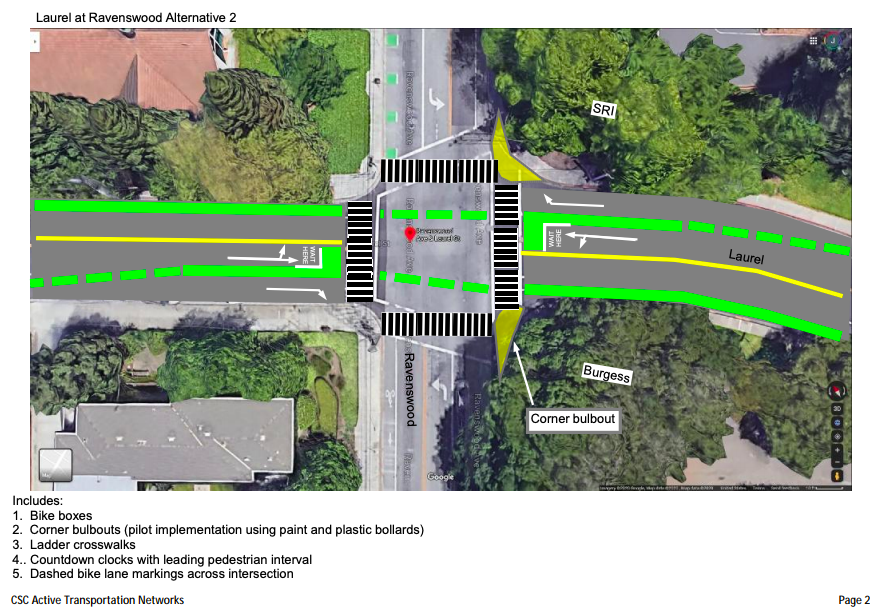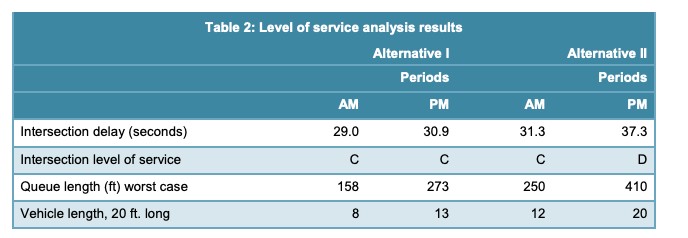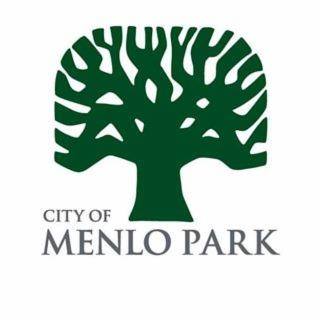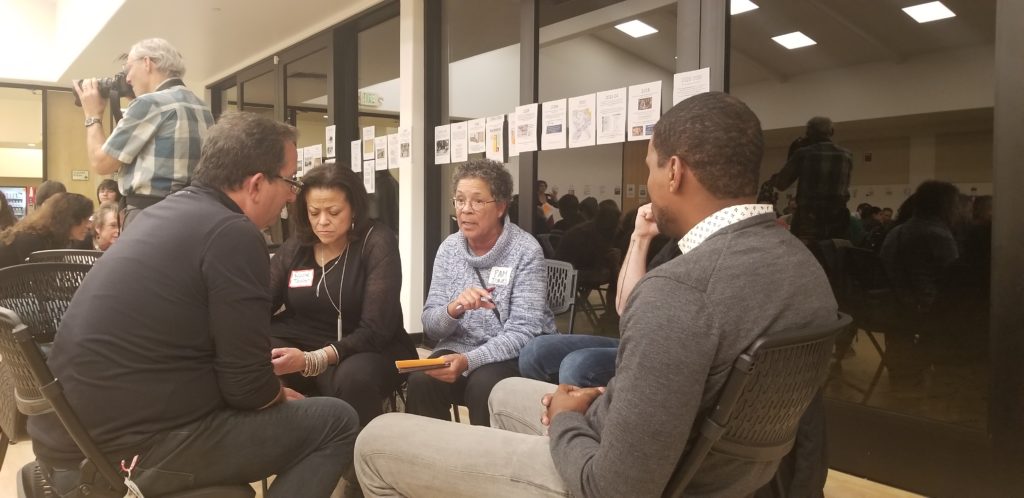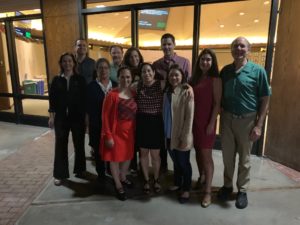On Thursday, January 30 from 1-5 pm, the Menlo Park City Council will host its annual goal-setting meeting. This is your opportunity to tell the Council that you want more affordable housing, safer streets, climate action, and racial equity in Menlo Park! Send your thoughts to city.council@menlopark.org or come in person if you can.
Here are recommendations from Menlo Together:
1) More Housing Downtown, especially Affordable Housing
More housing downtown would support the Council’s existing goal to address the housing crisis, improve the jobs/housing balance, and reduce driving alone. In particular, we would like to see more density to enable more housing, dedication of publicly owned downtown sites to affordable housing, and zero displacement in new development.
2) Residents’ safety and mobility on Willow and in the Belle Haven/Bayside area
Menlo Park’s streets reveal the disparities in our city. Belle Haven, with a history of redlining, has highways and major arterials cutting through that reduce air quality and create hazardous conditions for local residents, especially children.
Menlo Together wants the City to invest in safer streets for children, seniors, and all, including on Willow Road in Belle Haven, and at the Gateway Family Apartments and the new Belle Haven Library and Community Center, and El Camino Real.
3) Climate Action at the level of the Climate Emergency
Menlo Together urges the City Council to adopt a new reduction target of carbon neutral (zero emissions) by 2030. Since transportation is the largest source of greenhouse gas emissions, we support the Environmental Quality and Complete Streets Commissions working together with City Staff to create more climate measures relating to mobility.
4) City government focus on racial equity
Menlo Together is urging the City to join Government Alliance on Race and Equity (GARE) to actively pursue racial equity within the scope of city government activities. According to the GARE definition: “Achieving racial equity means outcomes cannot be predicted based on race and are improved for all people.”
GARE is a national network of government working to achieve racial equity and advance opportunities for all. Over the last two years, four Menlo Park city staff people have attended GARE conferences which provide local governments with training on how to improve racial equity. Other GARE members (cities, counties, etc) report that putting together inter-departmental teams to advance racial equity builds collaboration among staff and improves operations and outcomes overall.
Thanks for staying informed, learning, and taking local action.


